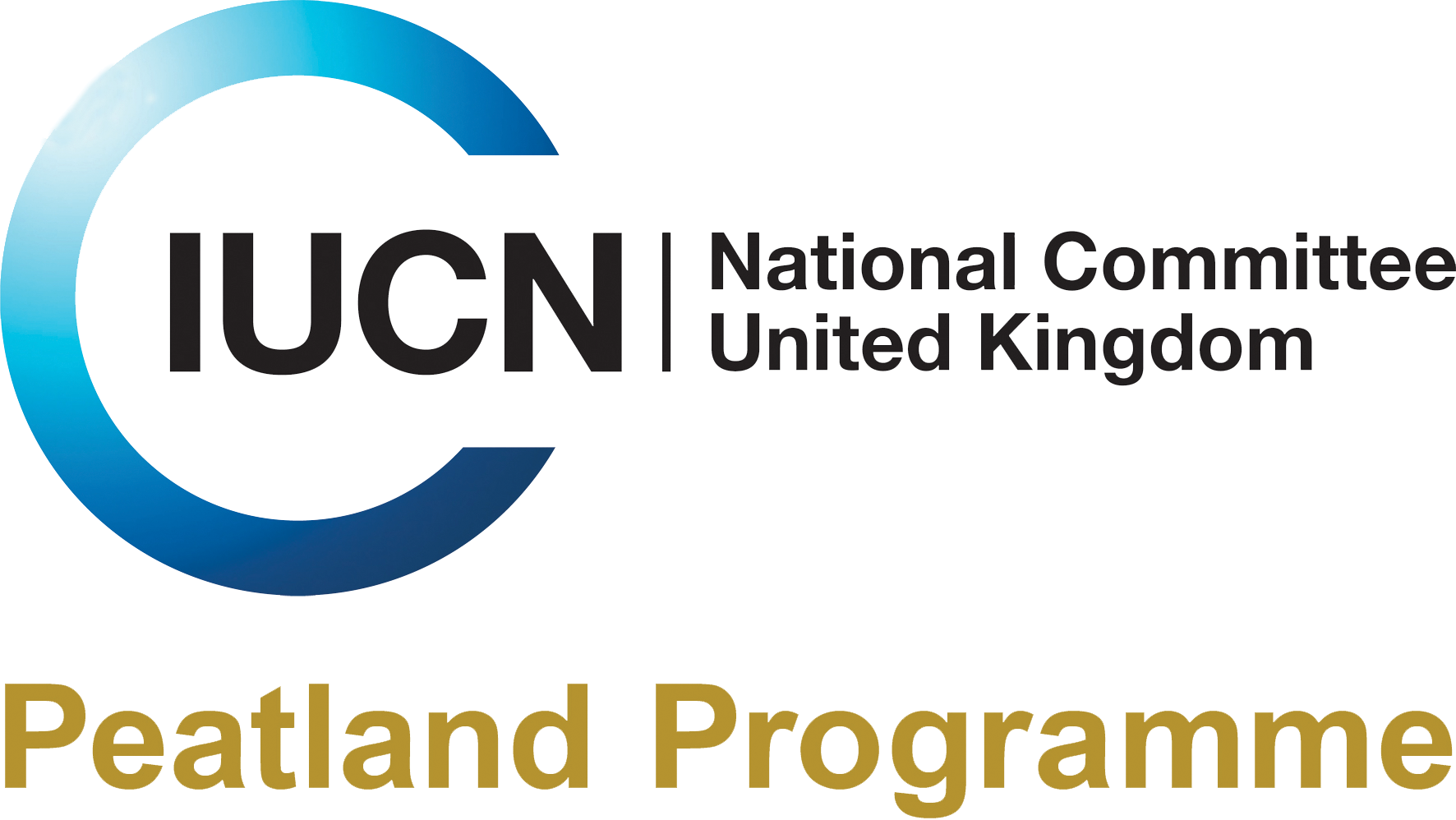Search
Search
New resource available: Explaining the impact of peatland drainage
A new video explaining the impacts of draining peatland on carbon emissions, hydrology and peat structure is now available.
Experts joins forces to stop bogs going down the drain
Scientists, land managers and industry officials are set to join forces in Edinburgh today (3 November) as a Commission of Inquiry investigates the steps needed to repair our important peatbogs…
Resources
Bog Day resources
A burning issue: comparison between Australian & UK fire management misses the mark
Inappropriate comparisons between the management of the fires in Australia and the use of fire in moorland management in the UK.
Burning
Defra Commissioned Peatland Evidence Review
Peat restoration and natural flood management
The Upland Environments Research Unit at the University of Manchester has been working closely with Moors for the Future Partnership over the last decade to produce an empirically grounded…
Natural Resources Wales announces new funding for peatland restoration
A new restoration fund, managed by Natural Resources Wales (NRW), was launched this week in an effort to help safeguard valuable peatlands.
Sphagnum is a key ingredient of natural flood management
In 2008 iCASP published research that showed how water running over Sphagnum on blanket peatlands moved much more slowly (often ten times slower) than water running through sedges or bare peat.…
Shared values and management pathways for Lowland peatlands
This interactive session will explore how upland peatlands can contribute to greenhouse gas reduction and removal while supporting viable livelihoods, biodiversity, and community wellbeing.
